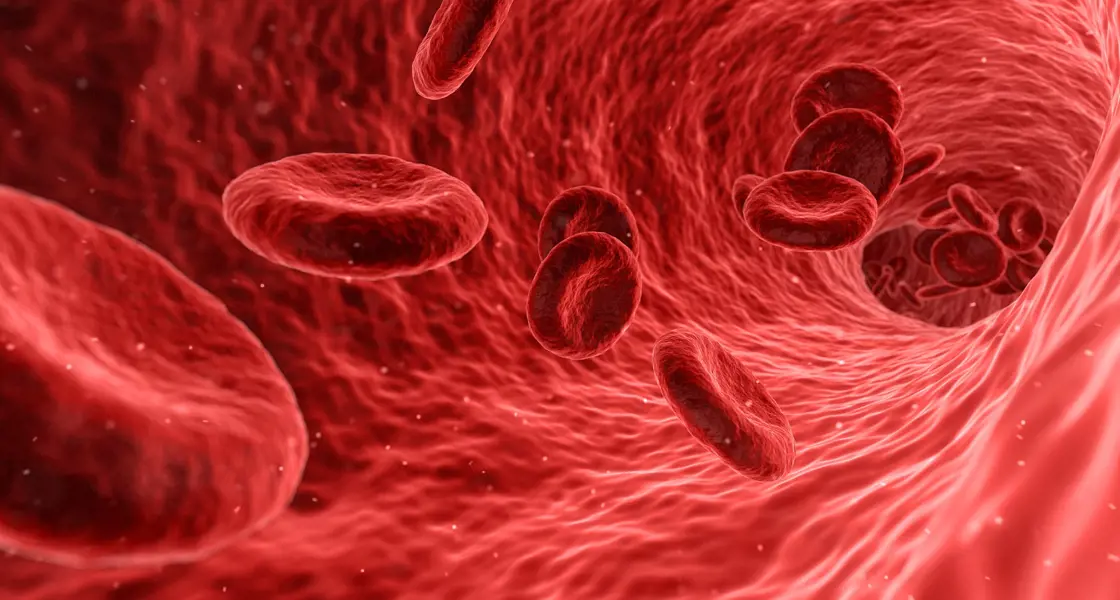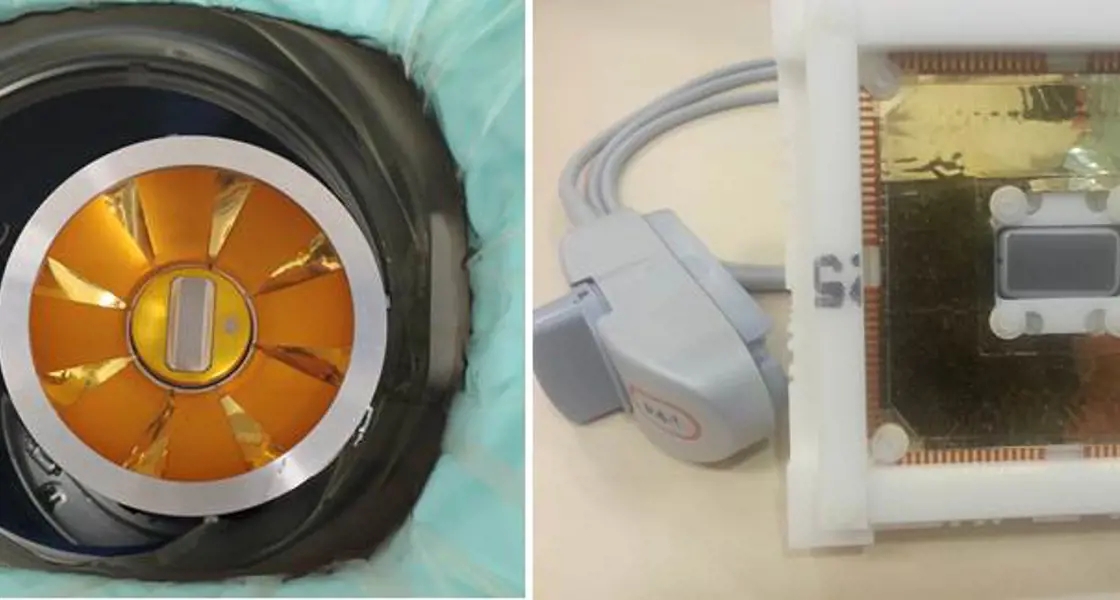
Drug & Vaccine Delivery
About our research
Externally applied energy forms such as ultrasound, shock-waves, magnetic or radiation fields can be deployed under real-time image guidance for non-invasive surgery or to achieve targeted release and enhanced delivery of therapeutic agents from stimulus-responsive drug carriers. A key focus of the research in the biomedical ultrasonics, biotherapy and biopharmaceuticals laboratory (BUBBL) is the identification, optimization and modelling of key mechanisms that can simultaneously enhance non-invasive therapy and enable real-time monitoring and control of the therapeutic process deep within the body. The BUBBL research facility is unique by virtue of its capability to manufacture a wide array of stimulus-responsive micro- and nano-carriers, ranging from liposomes to multi-layered vesicles for multi-modality and theranostic use, as well as having the capacity to design, build and test the customized therapeutic devices, which provide the stimuli to impact upon these carriers. Key application areas include the treatment of cancer and solid tumours, delivery through the blood-brain barrier and stroke therapy, and spinal therapies, whilst therapeutic agents being delivered range from conventional chemotherapeutics to siRNA and oncolytic viruses. We work closely with colleagues in oncology, surgery, moleculuar medicine and radiology as part of the Oxford Centre for Drug Delivery Devices (OxCD3).
Our research areas

Triggered Drug Release
Conventional methods of drug administration such as tablets or intravenous injection typically distribute a drug throughout the body. This may be undesirable, however, in the case of drugs which show poor uptake in certain types of tissue and/or produce unwanted side effects. The aim of the research being carried out in BUBBL is to develop systems which enable drugs to be encapsulated, targeted to a specific region and released “on demand” in response to an external stimulus, for example exposure to ultrasound. Such systems provide not only a means of controlling the drug concentration and reducing the risk of harmful side-effects, but also control over treatment location and timing.

Enhanced Drug Delivery
We have developed technologies to ensure liposomal and virus-based therapeutics can achieve good circulation following injection into the bloodstream, decreasing uptake into non-target tissue and allowing a level of accumulation in tumour deposits. However, at present, release of the tumor-cell-killing cargo and penetration of that cargo deep into the tumour is still sub-optimal. In response, we have developed systems which utilise focused ultrasound as a stimulus to trigger release of therapeutic payload and propel it deep into tumours. The ultrasound induced phenomena that drive this release and movement are the microstreaming created by inertial cavitation, an event resulting from the rapid expansion and violent collapse of a gas bubble in response to the rarefactional and compressional pressures exerted by an ultrasound wave.

Therapy Monitoring
In many ultrasound-based therapies, cavitation (the collapse of bubbles) can play a major role in treatment: inertial cavitation greatly enhances heating during HIFU cavitation acts in various ways to aid localised drug delivery inertial cavitation is a key factor in tissue fractionation (or histotripsy) and also important in shock wave lithotripsy Mapping the spatial and temporal extent of cavitation is therefore an important concern when monitoring ultrasound treatments.

Ablative Therapies
High-amplitude ultrasound waves, generated outside the body, can be focused deep within tissue onto a region about the size of a grain of rice. In that region, conversion of the mechanical energy carried by the ultrasound wave into heat can lead to cell death by thermal necrosis, whilst leaving tissue outside the HIFU focal region unaffected. The potential of this technique to destroy deep-seated tumours non-invasively is currently being explored in the Clinical HIFU Unit at the Churchill Hospital in Oxford. The research being carried out in the IBME is aimed at further improving the speed, resolution, targeting and real-time monitoring of HIFU treatments, as applied to cancer therapy and to a range of novel HIFU applications.

Shockwave Therapies
Acoustic shock waves use high amplitude acoustic pulses (normally in the range of 10 to 100 MPa) with durations on the order of 1 microsecond. They can induce therapeutic effects in tissue by mechanical means: either through direct stress/strain or by acoustic cavitation. The main use of shock waves in medicine has been lithotripsy in which shock waves are used to fragment kidney stones so that they can be passed naturally. However, shock waves have also been considered for other applications such as treatment of soft-tissue pain (e.g. tendonitis and heel spurs), promoting repair or growth of bone, neo-vascularisation and wound healing. The efficacy of these other applications is not always clear and the mechanisms are poorly understood.
